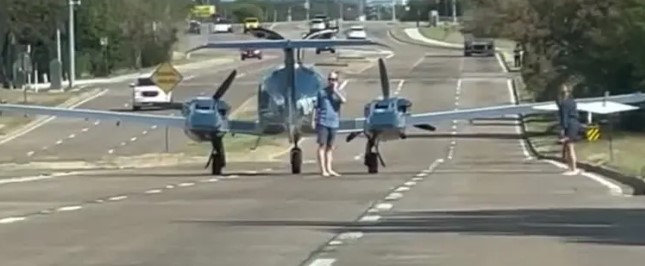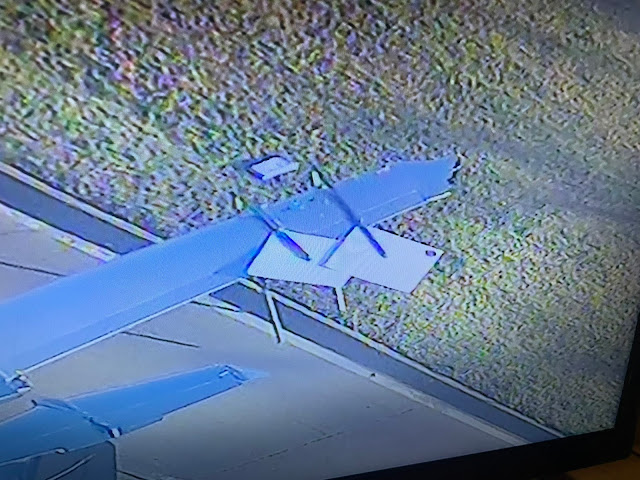This was my thought as a possible failure, although fuel starvation is orders of magnitude more likely. Electrical gremlins telling both engines to stop making flying power could bring this plane down.
I highly doubt it was FADEC related. Each engine has two separate A&B controls.. for all four to fail at once is statistically nearly impossible.. unless there was some other condition that triggered the same failure mode tree in all four. Some kind of if>then hell that competent engineers failed to realize and only manifest itself years later
The lack of apparent feather is very peculiar to me though. Feathering these things is a push of a button, if the FADEC doesn't already detect it and feather it for you. Wonder if they were making
some power, which lends credence to the fuel contamination question
I'd be looking at fuel contamination.. a plane like this with accurate gauges, fuel on destination mapping, and all sorts of other tech you'd have to actively try to run out of gas, especially with four tanks (main and aux in each wing). So maybe someone topped up some of the tanks with avgas? The distance they were flying was only about 250 miles or so.. maybe less. You wouldn't need too much gas for that, the possibility exists that someone added some gas to some of the tanks which then took some time to manifest as a failure
Gas is much different than diesel, but the most immediate is a lower flashpoint, IE, it will ignite faster. You'd likely have severe knock and very rough running.. eventually the sensors and injectors get damaged and you'd have total destructive failure. I imagine the FADEC would attempt as best to counter that by timing the injection, etc., differently initially. Perhaps they had some power and landed with surging engines? Hence the no feather
RE: size
The DA-62 is huge. Much bigger than your typical GA twin, and much bigger than it's smaller brother the -42. It's closer to a twin bonanza or even approaching King Air 90 size, at least as far as wingspan and overall length is concerned. It's slender body belies it's large dimensions (tangentially related, making it a further issue for folks to find hangar space). The lack of rivets or other typical items make it hard to judge scale when viewing photos of it flying or from a distance






